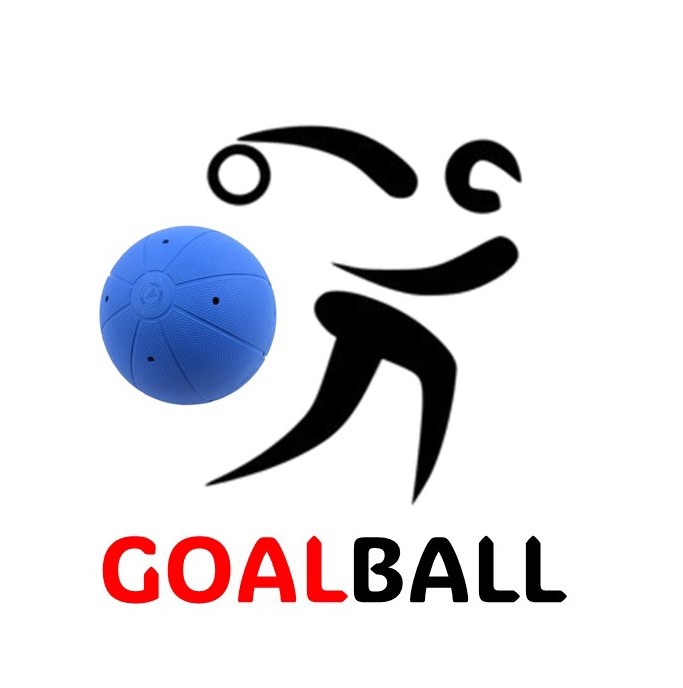
GOALBALL
Sport has a different meaning for visually impaired people because it opens a new perspective for these people who meet many obstacles and live with the stress appearing because of the obstacles. Also, regardless of the type and degree of disability, moving, exercising, participating in sports activities delight the individual, and the pleasure of moving increase the individual’s motivation for life. In addition to sports’ advantages to health, the person can share loneliness, make friendship, learn solidarity, recognize his/her own skilss, and have positive feelings for both other people and his/her own body while doing sport. However, visually impaired people, especially children, have difficulties in doing sport and participating in common activities with their other friends during their daily lives and at schools because of their disability. And, the activities / sports they can do are limited in their daily routine. Also, visually impaired kids can not complete the necessary physical activities for their physical development while non-disabled children can play enough games and complete their physical development. Thus, the development of visually impaired kids will be slower than their peers.
The aim of GOALBALL project is to include visually impaired children in social life, to raise awareness of self-esteem, to increase their quality of life, to raise them with their peers, to gain the ability to be a team, to highlight their leadership qualities, to enable them to discover their skills and to create a different environment where they can develop themselves. It is to provide features such as empathy and awareness, tolerance, social inclusion, acceptance, cooperation, responsibility and team consciousness for children without disabilities.
In the GOALBALL Erasmus + Sports Small Cooperation Partnership project we implement support measures by removing barriers and giving special attention to young people with fewer opportunities.
Funded by the European Union. Views and opinions expressed are however those of the author(s) only and do not necessarily reflect those of the European Union or the European Education and Culture Executive Agency (EACEA). Neither the European Union nor EACEA can be held responsible for them.
